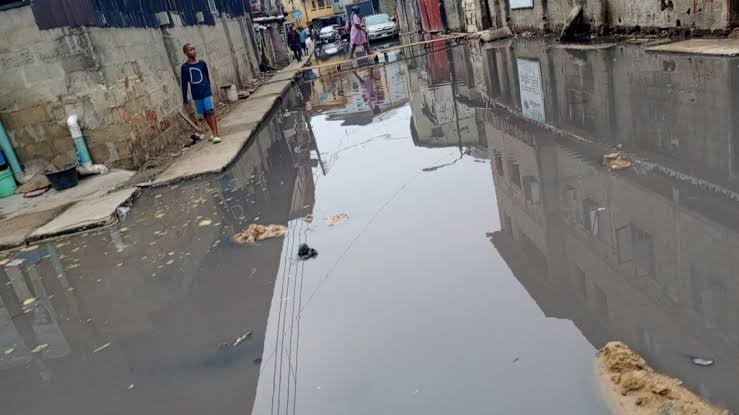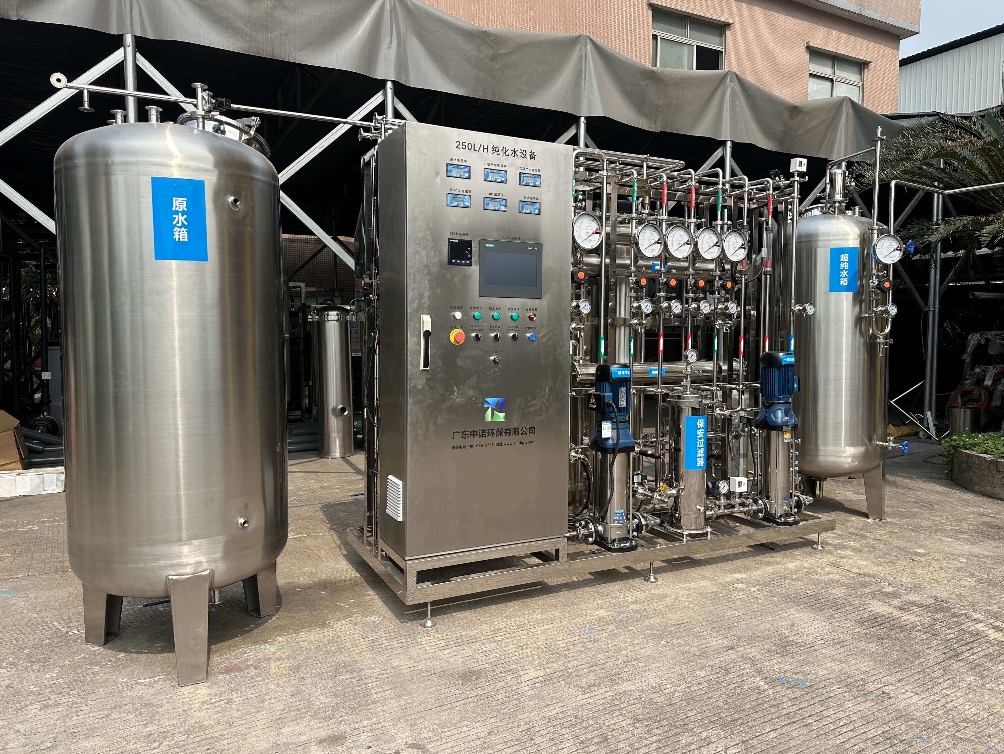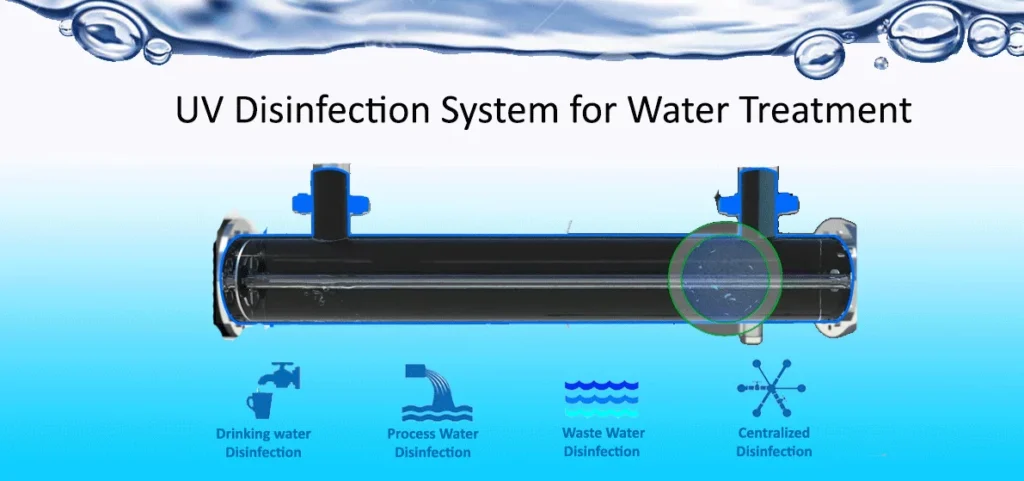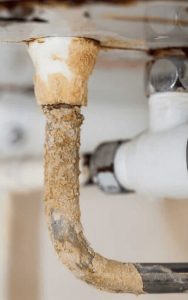How to Purify Borehole Water for Drinking
Introduction
Borehole water often serves as a vital source of water in areas without municipal supply. However, it may contain contaminants that need removal before it’s safe for drinking. This article explains how reverse osmosis (RO) can effectively purify borehole water to meet drinking standards.
Understanding Borehole Water Composition
Common contaminants in borehole water:
- Microorganisms (bacteria, viruses)
- Heavy metals (lead, arsenic)
- Hardness (calcium, magnesium)
- Nitrates and phosphates
- Organic compounds

Why Choose Reverse Osmosis?
Efficiency and Effectiveness
- Removes up to 99% of contaminants
- Produces high-quality, potable water
- Reliable and proven technology
Key Advantages
- Versatile: Suitable for various contaminant types
- Scalable: Works for both small and large systems
- Cost-effective: Reduced long-term operating costs

Step-by-Step Purification Process
1. Pre-Treatment
Initial steps to protect the RO membrane:
- Sediment Filtration: Removes large particles
- Activated Carbon Filtration: Eliminates chlorine and organic materials
- Water Softening (if needed): Reduces hardness to prevent scaling
External Link: Learn more about sediment filtration techniques
2. Reverse Osmosis Filtration
- Membrane Technology: Uses a semi-permeable membrane
- High Pressure: Forces water through the membrane while trapping contaminants
- Purified Water: Collects as permeate; concentrated waste is produced as brine
[Internal Link: Explore our RO Systems for various applications]
3. Post-Treatment
Ensures water is safe and palatable:
- Remineralization: Adds essential minerals back
- pH Adjustment: Neutralizes acidity or alkalinity
- UV Disinfection: Kills any remaining pathogens

Installation and Maintenance
Equipment Requirements
- RO unit (membranes, pumps, filters)
- Storage tanks for permeate and brine
- Flow meters and pressure gauges
Routine Maintenance
- Regular Filter Changes: Keeps system efficient
- Membrane Cleaning/Replacement: Extends membrane life
- System Checks: Ensures optimal performance
External Link: Discover our RO maintenance services for expert support.
Conclusion
Reverse osmosis is a powerful method for purifying borehole water, ensuring it is safe for drinking. By understanding the process and maintaining your system, you can effectively supply clean water.
Request a Quote
Fill out the form below to discuss your water treatment needs. Our experts will get back to you within 24 hours.
You may also be interested in:

What is Hard Water and How to Remove Hardness From It?

The Hidden Threat: Your Expert Guide to Preventing RO Membrane Biofouling

The Silent Killer of RO Systems: A Complete Guide to Preventing Membrane Oxidation

How to Desalinate Sea Water: The Ultimate Guide to SWRO Technology

Understanding RO Membrane Scaling: Causes, Effects, and Prevention Strategies

Beyond the Basics: Advanced Reverse Osmosis System Design by Globaluf

Navigating Water Quality Fluctuations: Globaluf's Expertise in Safeguarding Membrane System Performance

Comprehensive Guide to EDI System Maintenance: Effective Cleaning Techniques and Prevention Strategies

Key Parameters at RO Feed Water – The First Line of Defense in RO Desalination

